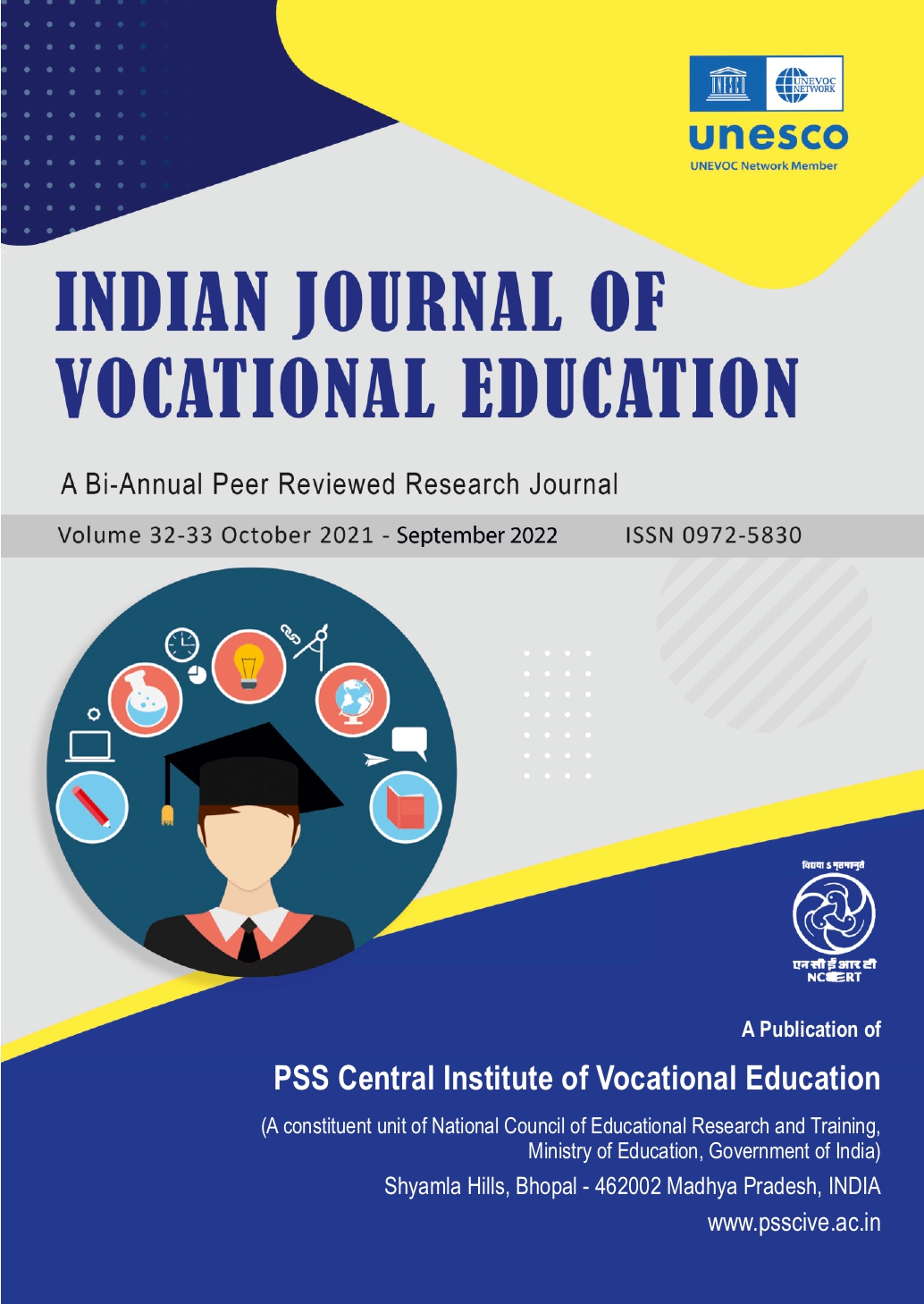Strengthening Access and Equity of TVET through Mahatma Gandhi's Nai Talim: with Special Reference to the Buniyadi Vidyalayas in Bihar
Published 2022-09-30
Keywords
- TVET,
- NEP-2020,
- Nai Talim,
- SDG-4,
- Buniyadi Vidyalaya
How to Cite
Abstract
The objective of this paper is to throw light upon Mahatma Gandhi's Nai Talim or Basic Education or Buniyadi Siksha and the emergence of Buniyadi Vidyalayas. Gandhi's principle of Nai Talim advocated handicraft centered education system and experiential
learning that can make learners efficient in theoretical knowledge as well as practical skills leading to their holistic development. The paper critically reflects upon the National Education Policy (NEP) 2020 through the lenses of Gandhi's Nai Talim and tries to underline the vision with which the Bunivadi vidyalayas were started versus its present struggle for survival. As the NEP 2020 and Sustainable Development Goal (SDG) 4 targets prioritize the re-imagination of Technical and Vocational Education and Training (TVET)
along with increasing its access, the paper identifies the dire need of TVET in Bihar and the revamping of the Buniyadi Vidyalayas required for strengthening the access and equity of TVET in the state. The paper concludes that the re-imagination of TVET on the basis of Gandhi's Nai Talim through Buniyadi vidyalayas will surely help the nation achieve its targets of vocational education as mentioned in NEP 2020. The purpose of the paper is to draw immediate attention towards the pitiable condition of the Buniyadi Vidyalayas of Bihar and its intention will be truly served if it can influence and enhance the policies and programmes for the revival of these schools in achieving TVET targets in Bihar.
